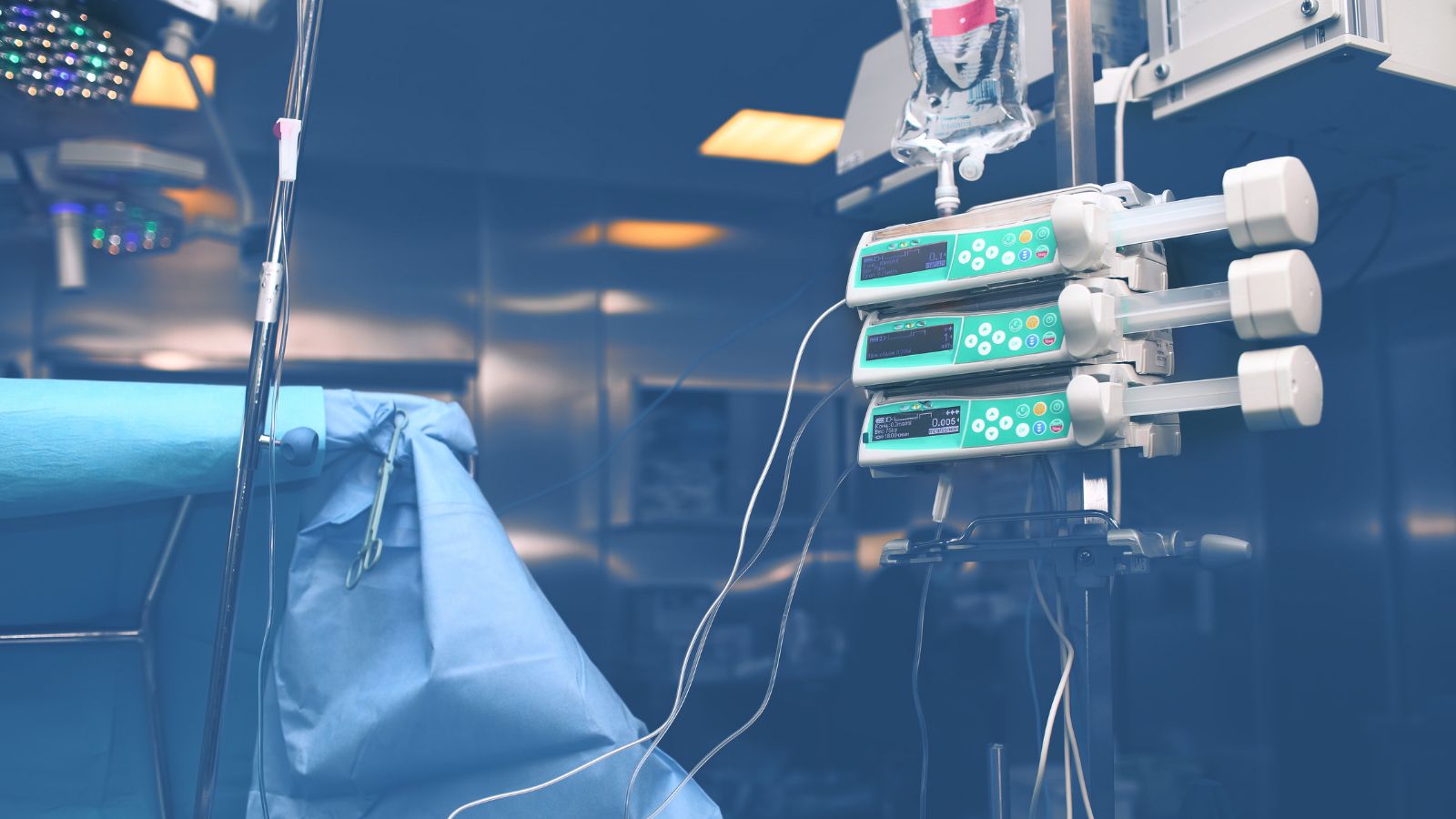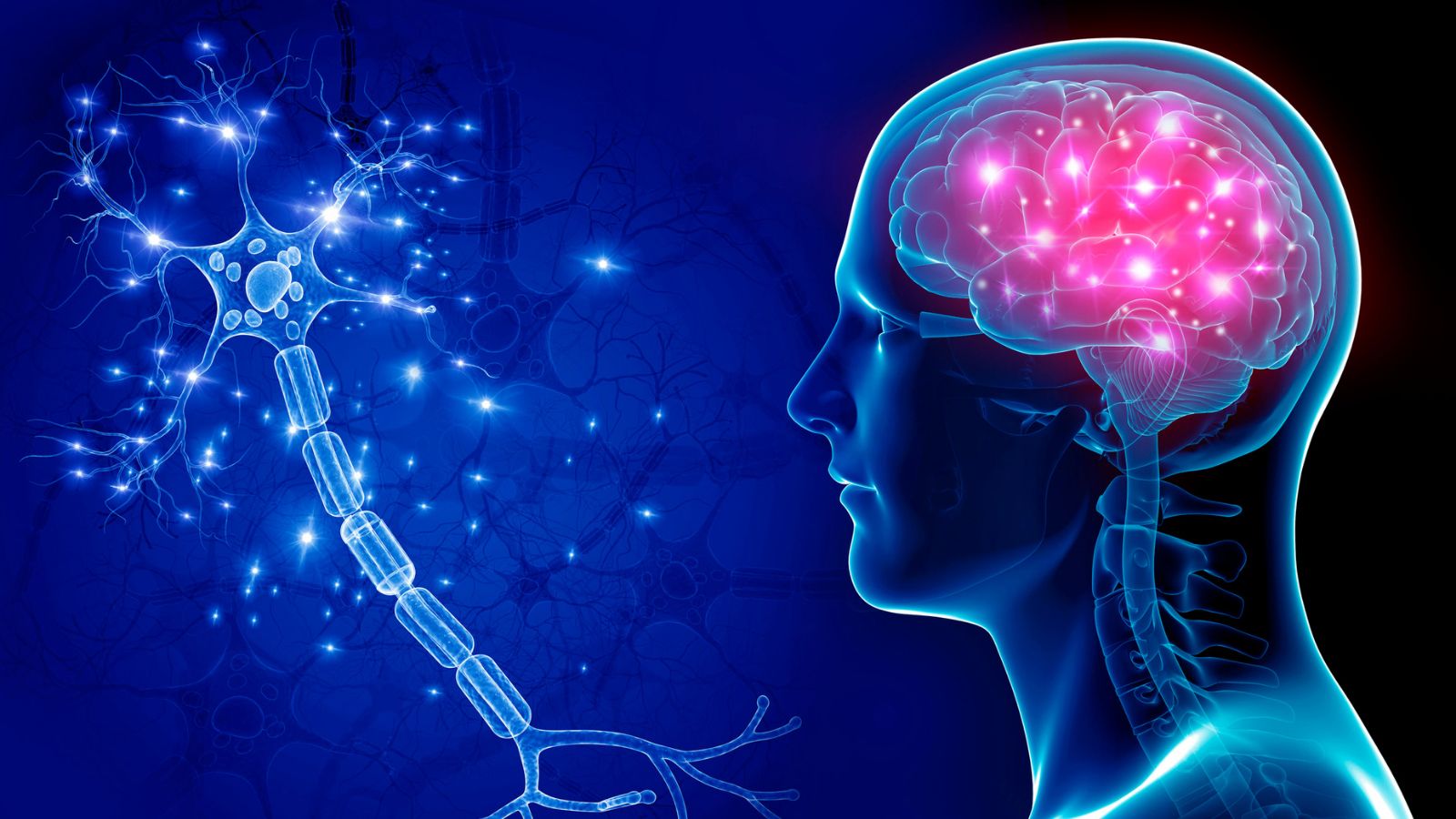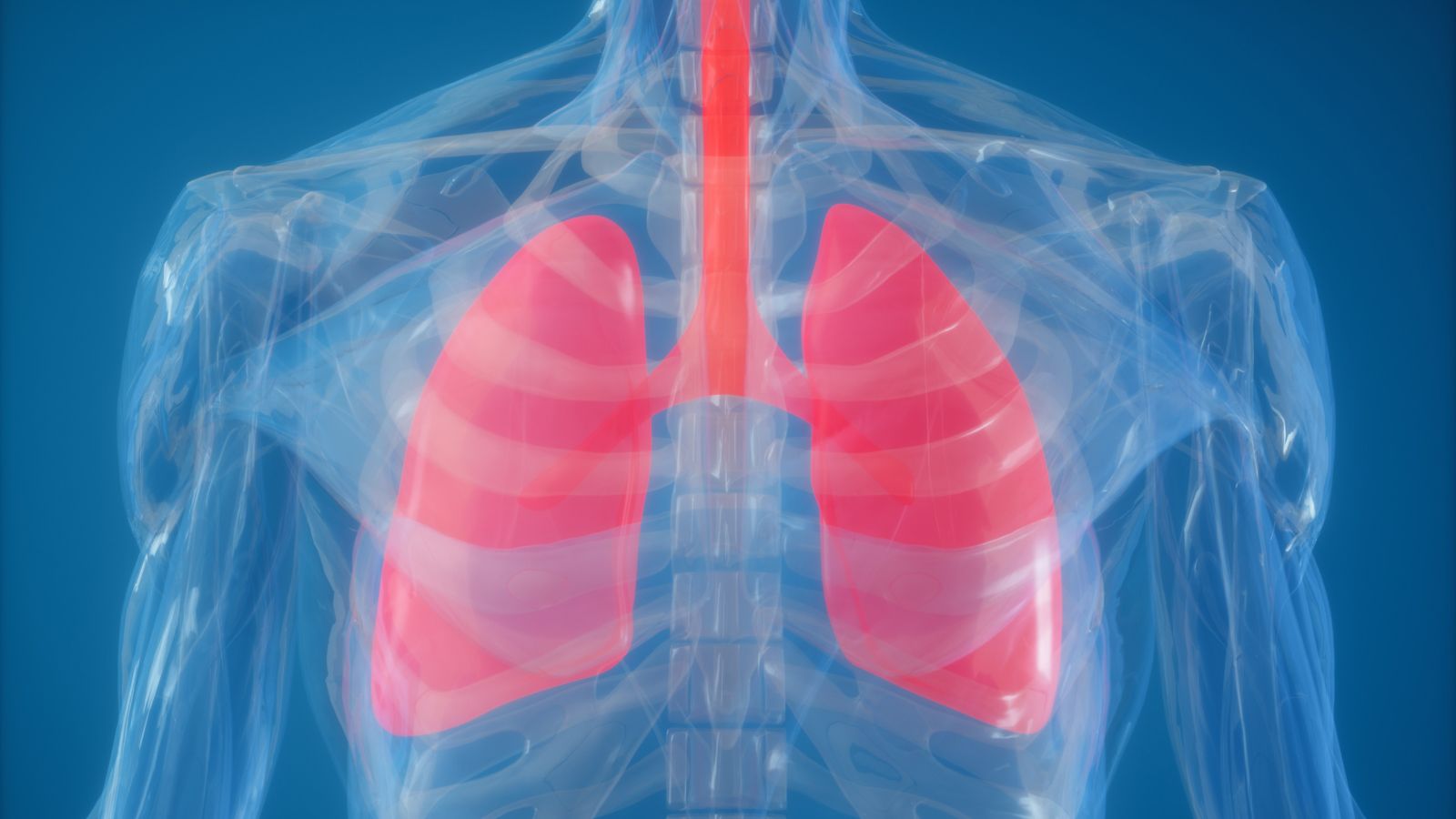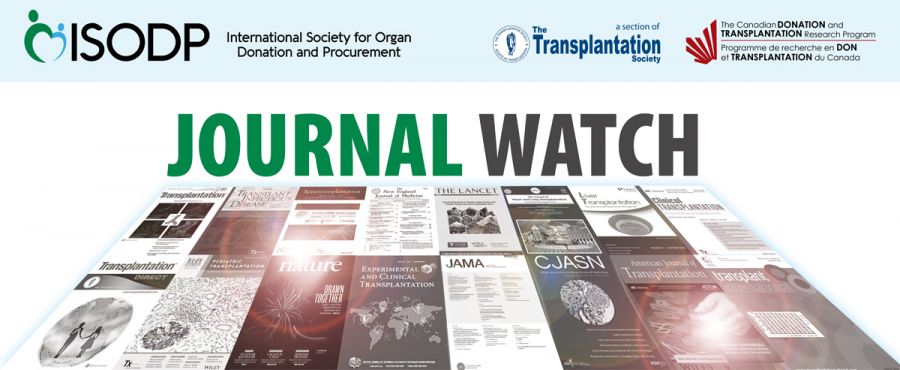Introduction
It is with great pleasure that Canadians are hosting the ISODP Journal Watch for 2022. With the snow thawing and maple syrup starting to flow, we have organized a collaborative team reviewing and organizing the very best and most relevant donation and transplantation manuscripts from various sources. The Canadian Donation and Transplantation Research Program (CDTRP) and Canadian Blood Service’s Donation Physician Network are collaborating to ensure that we deliver a practical dissemination format to our Canadian and International colleagues. This edition was prepared by us with a significant assist from Sylvia Okonofua, a CDTRP Trainee and Stéphanie Larivière, CDTRP Communications Manager. We are always happy to hear your feedback and look forward to and interesting year in review.
For this first edition we have chosen six articles that touch on a variety of donation related issues, from the efficacy of a web-based education intervention in Malaysia, to the evaluation of controlled DCD implementation in France. One of the articles and its commentary discuss the neurophysiology of a normothermic regional perfusion (NPR) animal model with potential ethical implications. New practices are reviewed in a study of the results of lung transplantation after Medical Assistance in Dying (voluntary euthanasia) in Canada and a Spanish look at liver outcomes after abdominal NRP. Finally, an often overlooked aspect of the donation process, donor family aftercare, is examined in a joint paper from 15 European countries.
We hope you enjoy reading these articles as much as we enjoyed reviewing them, and we look forward to sharing more with you in a few months!
Merci et bonne lecture,
Sonny Dhanani
(Associate Director, CDTRP and Chair of the Canadian Donation Physician Network)
sdhanani@cheo.on.ca
Matthew Weiss
(Medical Director - Organ Donation at Transplant Québec and National Lead of the LEADDR Research Program, CDTRP)
matthew-john.weiss@chudequebec.ca

An Inventory of Deceased Donor Family Care and Contact Between Donor Families and Recipients in 15 European Countries
Wind T, Jansen N, Flodén A et al.
Transplantation International, January 10, 2022
Corresponding author: t.wind@mumc.nl
This article from Wind et al. on behalf of the European Platform on Ethical, Legal and Psychosocial Aspects of Organ Transplantation examines a less frequently discussed aspect of the donation process: aftercare of families post donation. By surveying donation coordinators in 16 European countries (15 responded), the goal was to understand the breadth of services offered to donation families. The majority (10/16) of respondent said their organized aftercare was absent or inadequate. Often care was limited to thank you letters, many of which were found to contain less specific information than in previous years due to increased privacy concerns. The authors also examined programs that put donor families in contact with recipients. While a variety of programs were described, the authors point out that the impact of these programs, both in terms of the well-being of donor families and resources on the ODO are currently understudied and poorly understood. Recommendations from the authors included not being overly cautious regarding exchange of information between donor families and recipients and the need to study the impact of programs of direct contact between these groups.

Abdominal normothermic regional perfusion in controlled donation after circulatory determination of death liver transplantation: Outcomes and risk factors for graft loss
J. Hessheimer A, de la Rosa G, Gastaca M, et al.
American Journal of Transplantation, December 2, 2021
Corresponding author: constantino.fondevila@salud.madrid.org
This article from Spain describes a large cohort of transplants that occurred using abdominal normothermic regional perfusion (A-NRP) for controlled DCD (cDCD). Hessheimer and a large team of collaborators describe the dramatic rise in A-NRP application from a handful of cases a year in 2012 to nearly 200 cases in 2019, representing over 80% of cDCD cases that year. The primary comparison was to cDCD livers recovered using standard rapid recovery (SRR). The main outcomes demonstrated significant reductions in all measures of post-graft function, including all biliary lesions, graft loss, and patient death. Use of A-NRP was also associated with more likely withdrawal of life sustaining therapy in the ICU as opposed to the operating room. Their protocol also included more liberal donor selectin in terms of upper age limit and duration of warm ischemia time if A-NRP was applied, though no differences between SRR and A-NRP was observed along those variables in actual donors (though median donor age was 59 years old!). These results correspond with an increasingly robust literature on the positive impact NRP seems to have on graft function, though some questions – including the possibility of re-established brain blood flow as discussed in the next article – merit further investigation.

Clamping of the Aortic Arch Vessels During Normothermic Regional Perfusion After Circulatory Death Prevents the Return of Brain Activity in a Porcine Model | Read article
Dalsgaard F. F., Moeslund N. et al.
Transplantation (Publish Ahead of Print), January 18, 2022
Corresponding author: ffd@clin.au.dk
Ensuring the Permanent Cessation of Brain Function During Normothermic Regional Perfusion | Read article
Slessarev M., Gofton T. and Shemie S. D. .
Transplantation (Publish Ahead of Print), January 18, 2022
Corresponding author: Marat.Slessarev@lhsc.on.ca
As normothermic regional perfusion (NRP) becomes increasingly deployed internationally, some questions remain regarding if measures taken to exclude cerebral circulation are adequate to prevent brain blood flow. In this study of an animal model by a Danish team led by Dalsgaard, multimodal invasive and non-invasive neurological monitoring was applied to 16 pigs who then underwent cannulation that simulated NRP organ recovery, with half undergoing clamping of the aortic arch vessels and half with no clamping. Pigs that had no clamps regained both cerebral perfusion and cortical EEG activity while pigs with clamps applied did not. This carefully constructed – and work intensive – study is reassuring that this method of clamping in this animal model was effective, but as pointed out in the related commentary by Slessarev and colleagues there are limits to the applicability of this study to humans. Notably, vascular anatomical differences between humans and pigs and even variants in individual humans could not exclude possible collateral circulation in all cases of NRP. While this study represents an important step towards a better understanding of potential cerebral circulation in NRP, follow up work in humans will be required prior to definitively concluding that NRP methods completely preclude a return of cerebral blood flow.

The Impact of Educational Intervention on Attitude Toward Organ Donation Among Health Care Workers in Malaysia
Wan Fadzlina Wan Muhd Shukeri, Mohd Zulfakar Mazlan, Lydia Kamaruzaman, et al
Science Direct, January 28, 2022
Corresponding author: lydia.kamaruzaman@ukm.edu.my
This article from Shukeri et al. examines the attitude of health care workers and its effect on the rate of organ donation. 458 health care workers from 5 hospitals in Malaysia were given a 26-item self-administered questionnaire before the intervention, which consisted of 5 short videos spanning 20-30 minutes, shedding light on the current status of organ donation rate and demands in Malaysia, religious perspective towards donation, experiences and emotions of organ recipients and donors after transplantation, and approaches to family members of a brain-dead patient. Comparison was made with post-intervention survey. Results indicated that exposure to the educational resources significantly improved the attitude of health care workers towards the subject matter (75%), especially those with more negative or neutral attitudes coming into the study; with a significant percentage indicating they were more willing to propose organ donation even if they were personally against it. However, there was an increased correlation in negative attitudes regarding organ donation with health care failure. Although the reason for this association is unclear, it is an aspect the authors will be evaluating for potential avenues to improve these negative attitudes. The website and videos are available here.
Summary done by Sylvia Okonofua

Outcomes of lung transplantation from organ donation after medical assistance in dying: First North American experience
Watanabe T., Kawashima M. Kohno, M. et al.
American Journal of Transplantation, February 2, 2022
Corresponding author: marcelo.cypel@uhn.ca
Potentially surprising to some, in this study from Watanabe et al., we learn that outcomes after donation following Medical Assistance in Dying (MAiD) for lung transplantation are excellent for median ventilation (2 days) and 30-day mortality (0%). These compare to transplantation from traditional NDD/cDCD donors. Thirty-three patients that received lungs over the last 3 years from donors following MAiD were reviewed in this retrospective single center cohort study. In jurisdictions that accept or are considering Medical Assistance in Dying, donation process should be strongly considered for lung transplantation as a way to respect donor wishes.

Critical pathways for controlled donation after circulatory death in France
Le Dorze M., Martin-Lefèvre L., Santin G. et al.
Science Direct, Publish Ahead of Print, 2022
Corresponding author: matthieu.ledorze@aphp.fr
Compared to North American and some European countries, development of a controlled DCD (cDCD) program in France came relatively late, with a national program formalized in 2015. A national surveillance system of withdrawal of life sustaining therapies (WLST) was developed concurrently, which included donation related outcomes. One of their primary findings was that this time from admission to WLST decision was not different between patients who were and were not potential donors, suggesting that donation eligibility did not influence decisions around stopping active treatment. Also worth noting, the proportion of potential cDCD donors in the overall potential donor pool grew substantially year after year from 0.8% in 2015 to 10% in 2019, including 428 actual donors and more than 1000 transplants. This study by Le Dorze et al. shows that importance of implementation of new programs with a clear plan to evaluate effectiveness.
Contact
Address
The Transplantation Society
International Headquarters
740 Notre-Dame Ouest
Suite 1245
Montréal, QC, H3C 3X6
Canada

